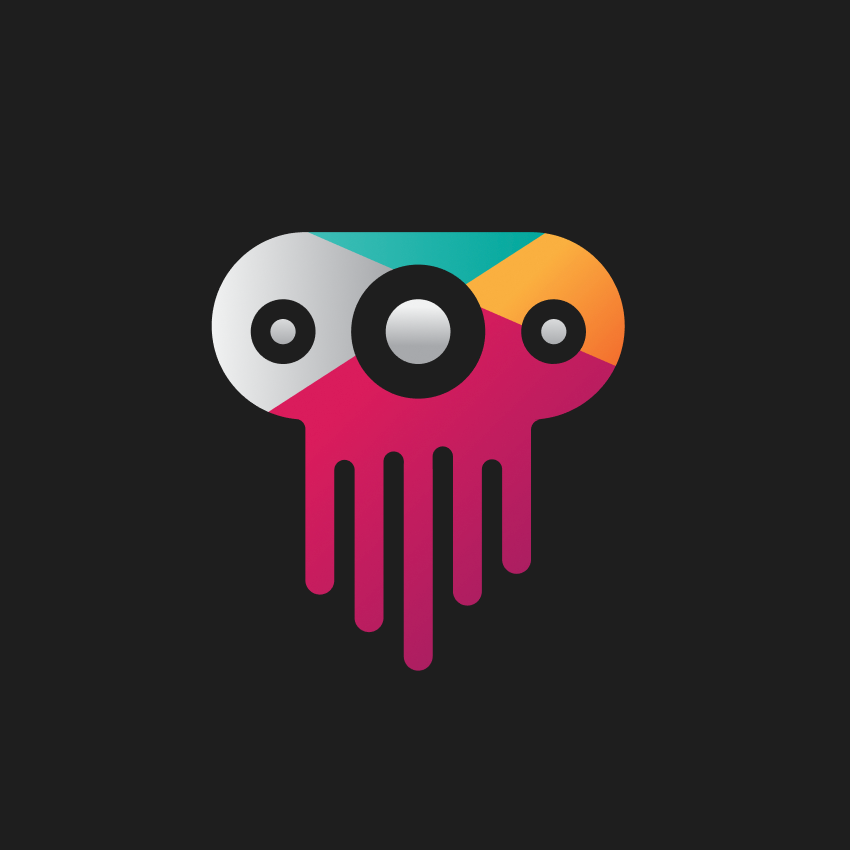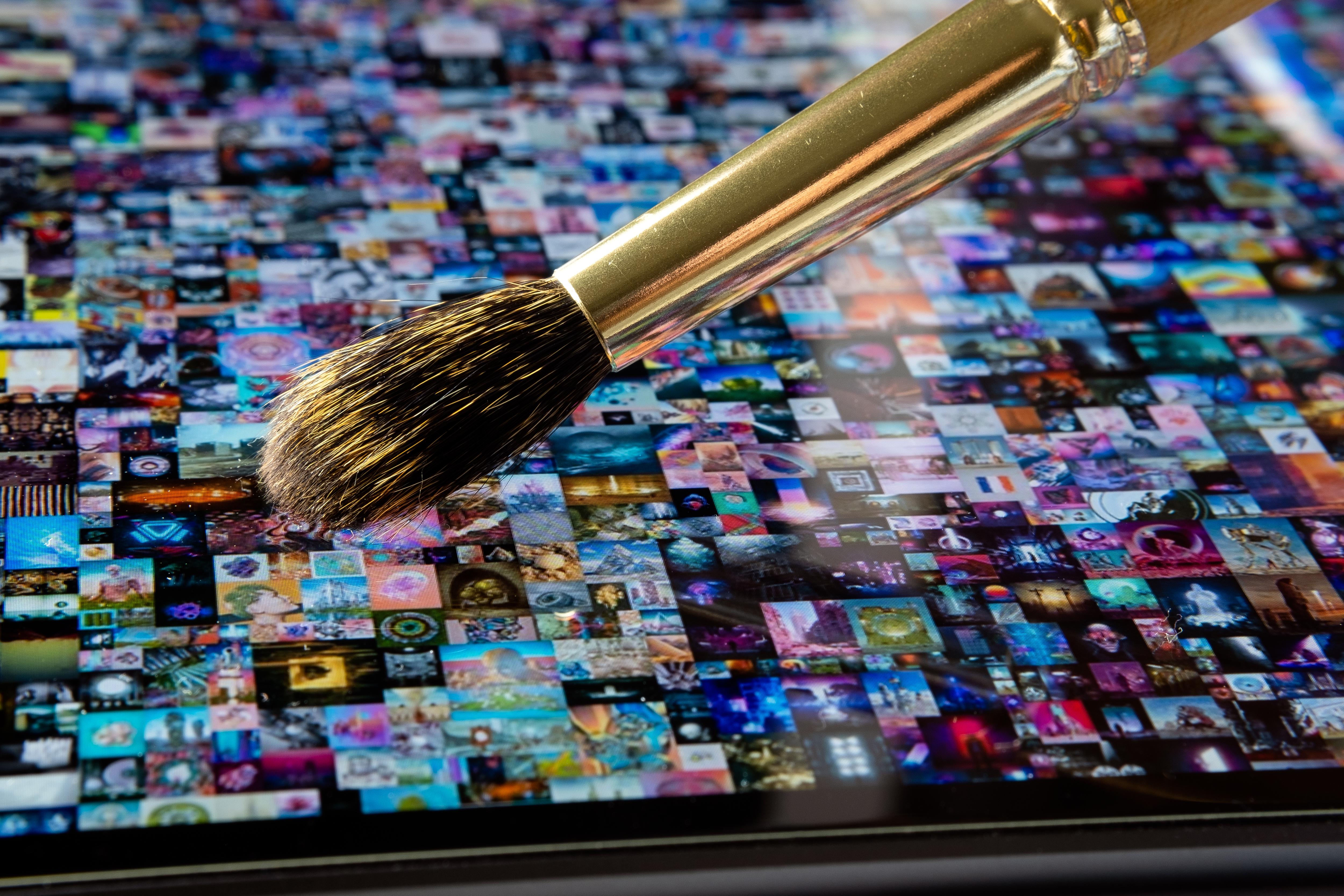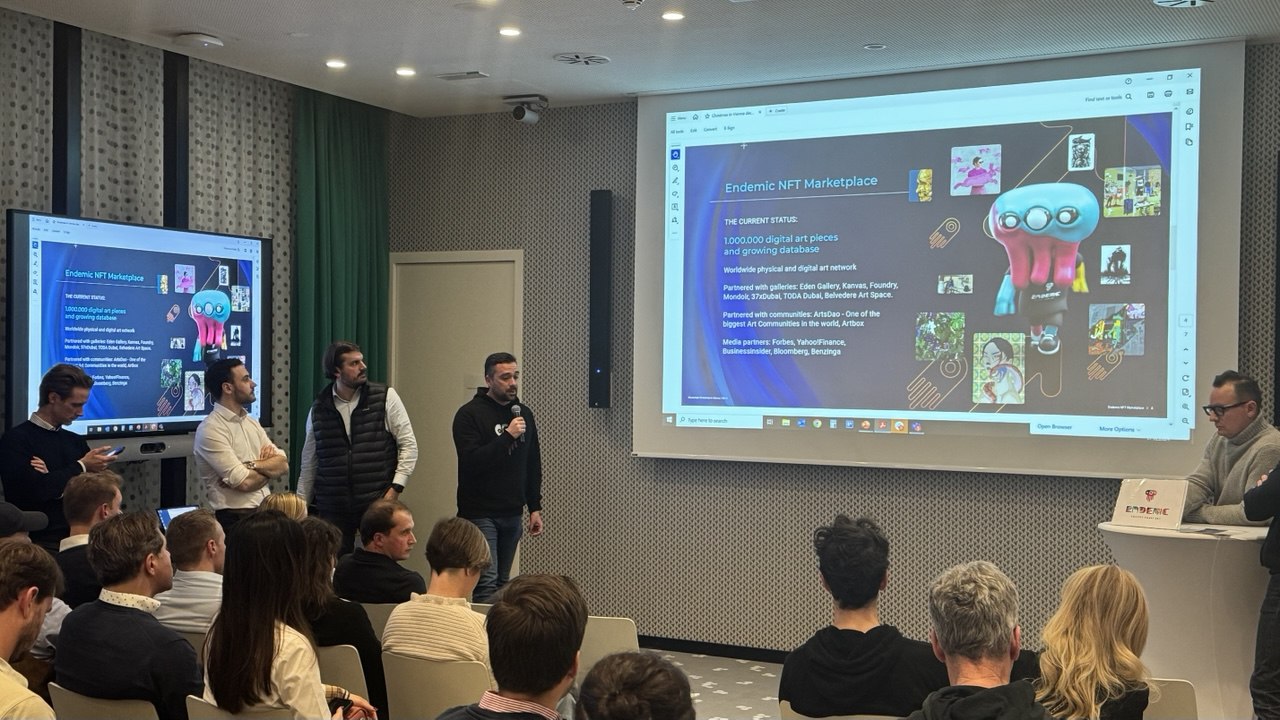From this perspective, we can see that things like paintbrushes, palettes, or even pencils can be classed as technology, showing us that art and technology have always been intertwined; the only thing that has changed is how advanced the tools have become. What is the line between art and technology?
The intersection of art and technology has blurred traditional boundaries. Let’s dive in and explore how technology has already reshaped the creation, perception, and value of art and what’s coming next.
Art and technology are no longer separate realms - they’ve intertwined to redefine creativity. But where does one end and the other begin?
How can we define technology in the art world?
When you think about it, there is a historical connection between art and technology. First, let’s consider what technology means and whether it’s limited to digital innovations like AI or design tools.
Technology is defined as the application of scientific knowledge for practical purposes, especially in industry.
From this perspective, we can see that things like paint brushes, palettes or even pencils can be classed as technology, showing us that art and technology have always been intertwined, the only thing that changed is how advanced the tools have become.
For instance, the invention of oil paint in the Renaissance was groundbreaking, just as digital tools are today.
Application of technology.
Paint brush couldn’t create art by itself, it required hours of work, dedication, inspiration and vision.
Photoshop won’t do anything without extensive knowledge and hours of practice.
Using AI generative tools like Midjourney or DALL-E often requires only a text prompt, but crafting something truly meaningful still depends on the user’s skill and intent.
Of course, the better the prompt, the better the output; however, it cannot be compared to creating an art piece from scratch.
The biggest downside of generative AI tools is the way they create art - it’s based on patterns learned from existing datasets rather than original human thought. While AI lacks intrinsic creativity, its outputs are not direct copies of past works but rather new interpretations based on learned patterns.
A key concern with generative AI is its reliance on existing datasets, raising questions about originality and ethical use.
This raises debates about whether AI-generated art can truly be considered 'creative' or if it’s simply an advanced remixing process.
Rewriting the rules.
AI is now part of many people’s creative process, whether it’s in idea generation or actual execution; more and more artists have started utilizing AI tools that are undisputably really good when it comes to efficiency.
The critical question remains: where do we draw the line between human creativity and AI-generated output?
We can’t answer that question as every single piece of art is unique, and we know a lot of artists who utilize AI tools while still being authentic and using them as a solution to some problems while still producing creative and original work.
Blurred Lines.
The line between art and technology is increasingly blurred, but this shift can be seen as an opportunity rather than a drawback..
We are living in a fast-paced time, and there’s no point in completely rejecting new technologies, especially when they can be utilized to enhance your creative process.
While there is no one-size-fits-all approach to this matter, there’s one simple rule to go by - BE TRANSPARENT.
Using AI or other technologies isn’t inherently negative, but failing to disclose it can harm trust and authenticity.
At Endemic, our commitment to transparency is supported by advanced fraud detection tools to identify low-quality or misleading art. Moreover, we utilize AI for this and other tools, which is way better than centralized human curation, as it isn’t prone to bias and connections.


